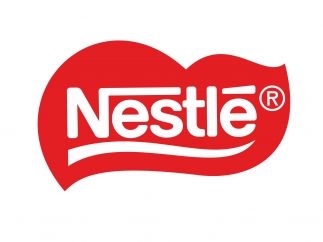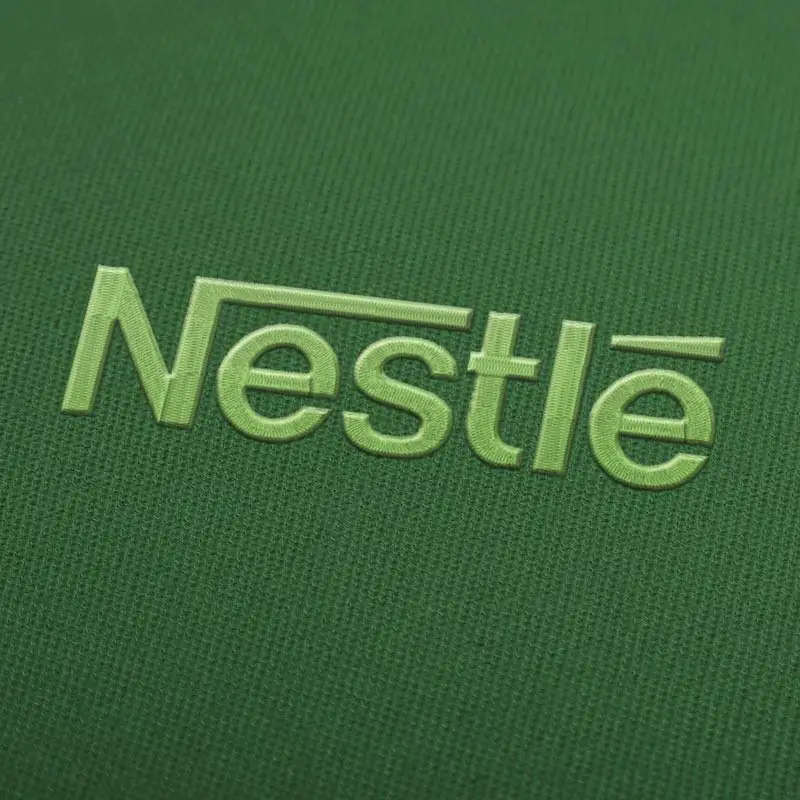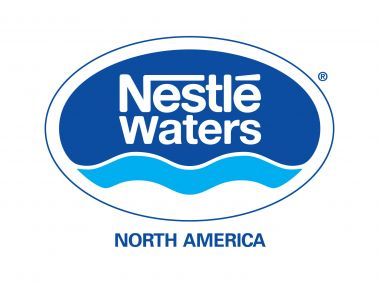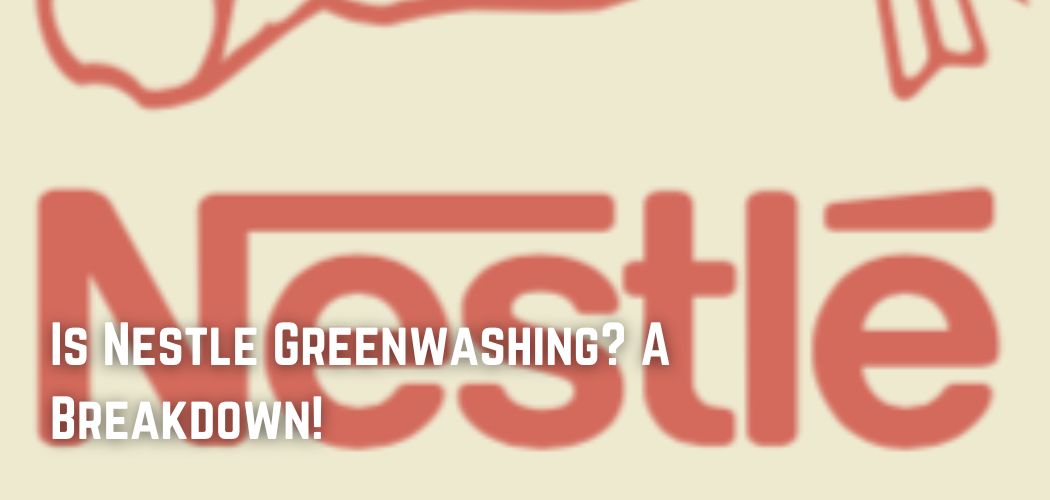Excellent food nourishes and pleases the senses. It aids in the well-being of pets, children, and parents as they age gracefully. It assists us all in living life to the fullest. Good cuisine respects the environment and preserves resources for future generations.
But the times are rapidly changing. And we know that what is acceptable today will not be sufficient tomorrow. Think about how hard it will be to meet the needs of 10 billion people in a responsible and sustainable way by 2050. This will require creativity and change.
Nestlé is always trying to make food, drinks, and health products that are healthier and better for you. With this approach, we can improve life quality and contribute to a healthy future for everyone.
Currently, the company has more than 270,000 employees, over 2,000 brands, and a presence in 186 countries.
Packaging And Plastic Usage
Groups affiliated with the Break Free From Plastic movement, including the EcoWaste Coalition, and Health Care Without Harm, are urging Nestle to transition to truly sustainable packaging solutions and cease production of single-use plastics.
By 2025, Nestle has pledged that all of its packagings will be reused or recyclable.
But instead of drastically lowering the quantity of plastic garbage they make, Nestle plans to achieve this mostly by burning plastic waste, producing pollutants that are harmful to wildlife, human health, and the environment.

A famous activist stated, “We’re here to warn Nestle to quit faking it.” “Nestle doesn’t care about the health of its customers, which is clear from the fact that it keeps burning proof of their pollution.”
Nestle acts as if it is doing good, but in reality, it has not stopped passing the weight of pollution onto the public while reaping large profits from a business strategy that is detrimental.
Nestle is being urged to do the right thing and reduce their use of plastic significantly. Nestle has also made a campaign called “plastic neutrality,” which some people say is misleading.
“Plastic neutrality” is a system that transfers producer duties to other people in developing countries in exchange for “plastic offset credits.”
This makes it look like companies like Nestle are meeting their commitments even though they aren’t actually making less plastic.
Nestle continues to rank among the worst polluters in trash and brand audits. The most recent Global Brand Audit Report says that they came in fourth place with 4,149 plastics collected in 30 countries.
In a recent report on fake solutions by Break Free From Plastic, the company ranked sixth among global fast-moving consumer goods companies. Nestle led the way in questionable “plastic neutrality” agreements with other companies.
Rediscovered Source Of Energy
The problem is that the technology of refuse-derived fuel (RDF) must be revalued. During this procedure, valuable items such as glass and metals are extracted from rubbish.
What is left is a mixture of plastic, paper, and biomass. This mixture has an incineration value and can be turned into fuel pellets after drying.
The incineration furnaces of the cement industry are appealing destinations. So, in one step, the landfill is cleaned up, energy is made, and coal is taken out of the process of making cement, which uses a lot of energy.
Sustainable Material
Nestle has promised to get all of its coffee in a sustainable way by 2025. By that year, it wants 20% of its coffee to be grown using “regenerative” farming methods.

The retail value of the coffee industry is between $200 and $250 billion per year, according to the analysis, but producing countries earn less than 10% of this value when exporting beans, and farmers even less.
According to non-profit organizations Fairtrade and Technoserve, about 80% of coffee-farming families live at or below the poverty line, and approximately 125 million people worldwide depend on coffee for their livelihood.
Carbon Emissions
Nestle, the world’s largest food and beverage company, has a huge environmental impact.
In 2018, the company’s total carbon dioxide equivalent emissions were 113 million metric tons. Just under 95% of these “Scope 3” emissions came from the company’s supply chain.
Nestle aims to reduce its greenhouse gas emissions by 50 percent by 2030. It aims to achieve net zero emissions by 2050 “at the absolute latest.”
This objective encompasses the vast majority of Scope 3 emissions, such as ingredient procurement and logistical management; however, there are exceptions.
Nestle’s current goal does not include emissions from “consumer use of sold products” and “bought services, leased assets, capital goods, and investments.”
These were responsible for 12.7 million and 8.6 million metric tons of CO2 equivalent emissions for Nestle in 2018.
He then explained what he thought would be the most important thing for his company going forward. “If last year was all about COVID, safety, and stocking shelves, this year is obviously all about the supply chain.”

He characterized the global shipping business as “under severe stress” and cited energy price hikes as the cause of trucking cost increases.
“Packaging costs have increased since there was so much more demand for packaging during COVID, and the number of agricultural goods has also increased,” he explained.
“There is a significant inflationary pressure in ’21.” According to our forward contracts, a substantial portion of this will continue beyond 2022. As a result, it is safe to expect that 21 and 22 will see severe inflation due to these supply shocks.
There is much riding on COP26. The website for the event says that the summit will “bring parties together to speed up action toward the goals of the Paris Agreement and the UN Framework Convention on Climate Change.”
Conclusion
Nestle is not environmentally friendly because it is selling non-recyclable sachets in South Asia, which end up polluting the ocean.
If Nestlé truly wanted to protect the environment, they would have to turn their world upside-down and completely change their business practices. But their story tells us something else too: that the signs of greenwashing can be spotted.

